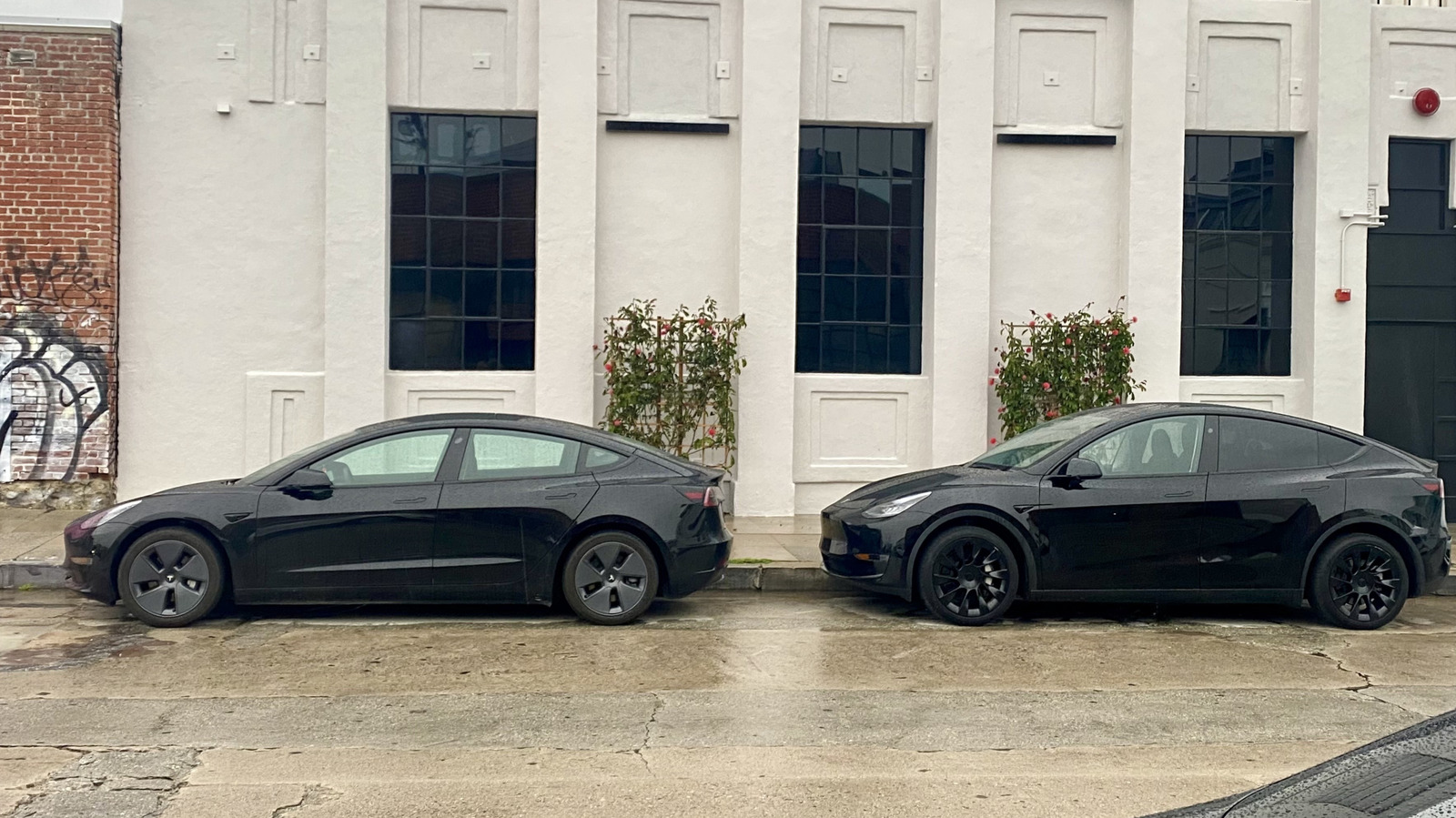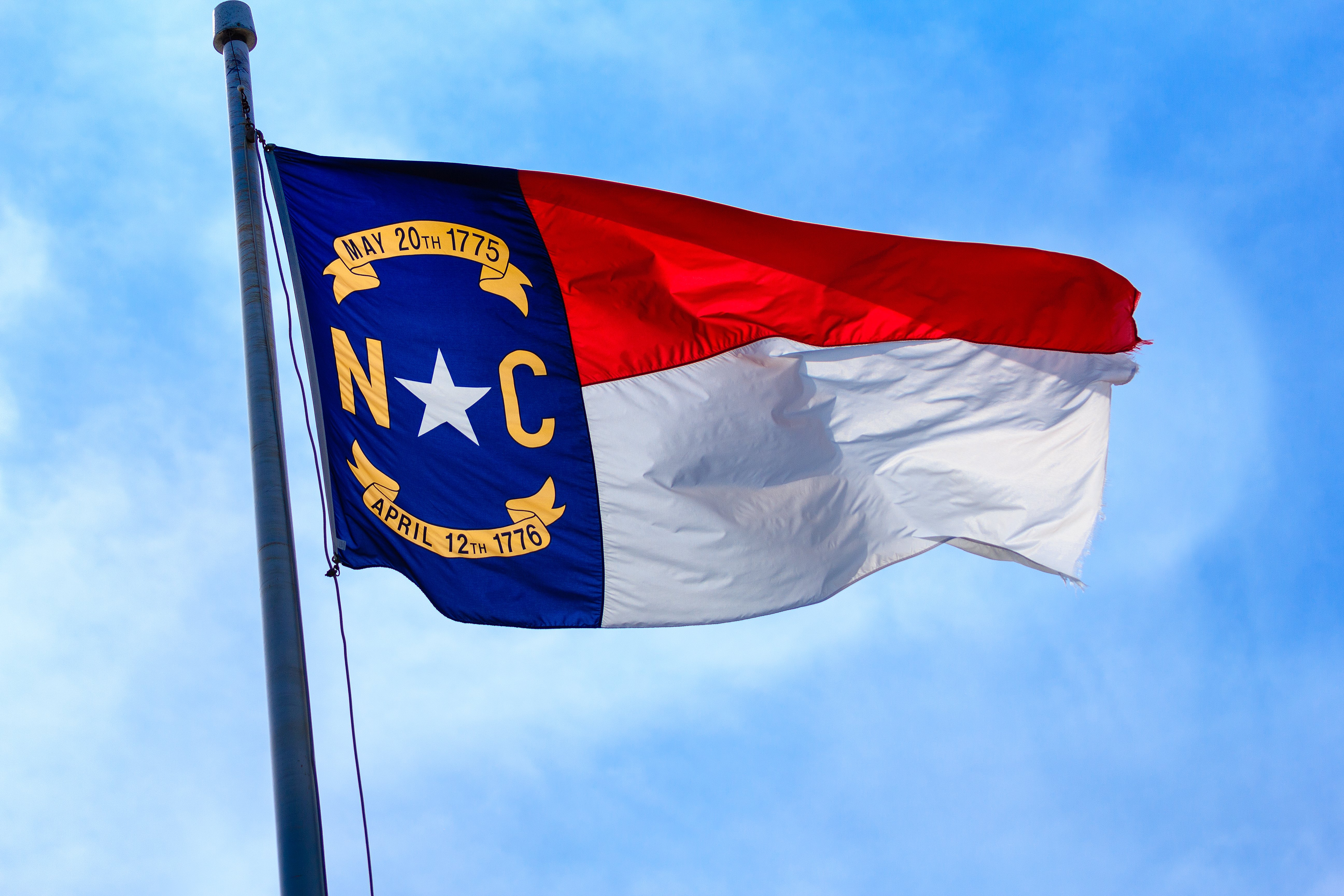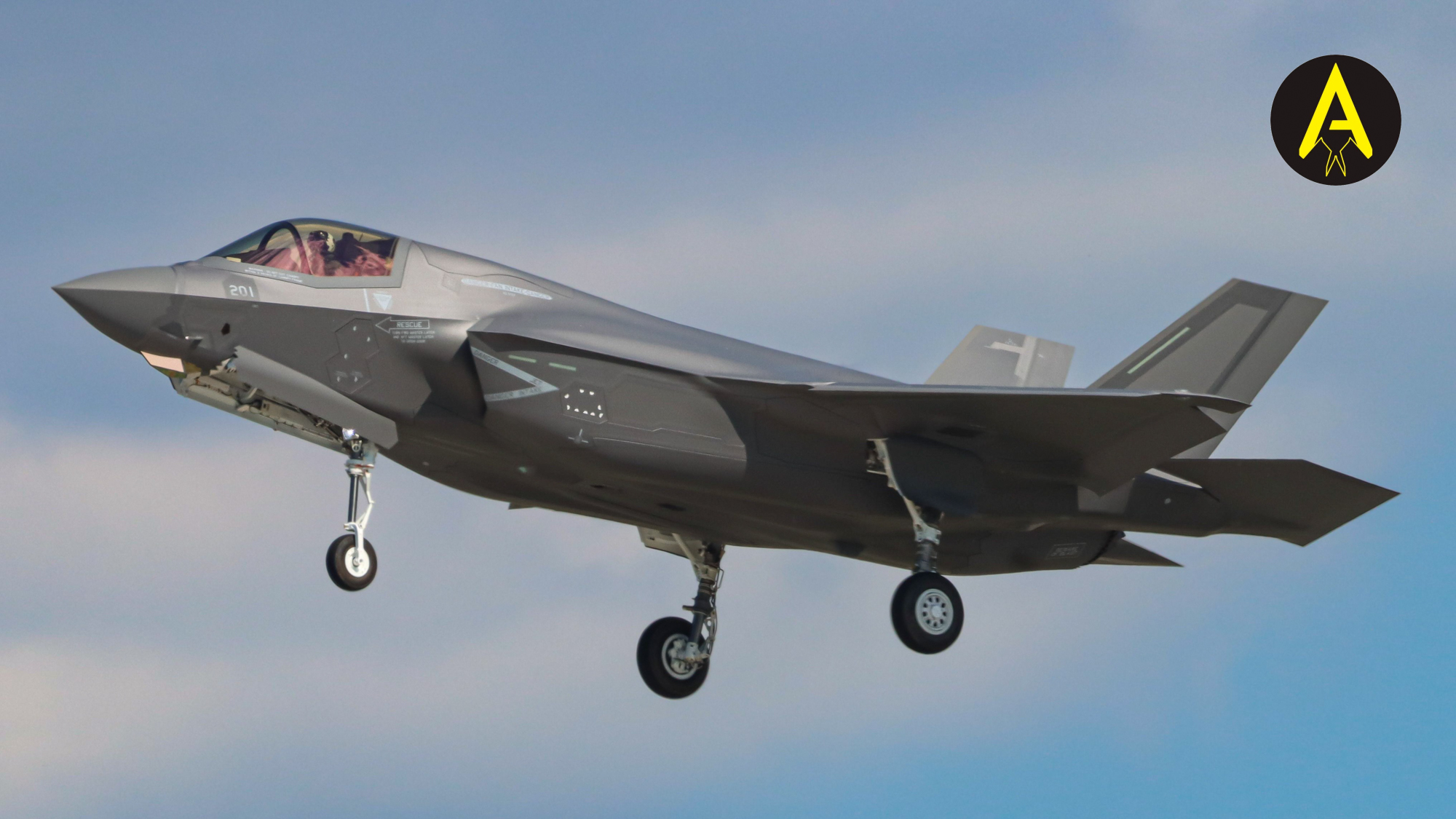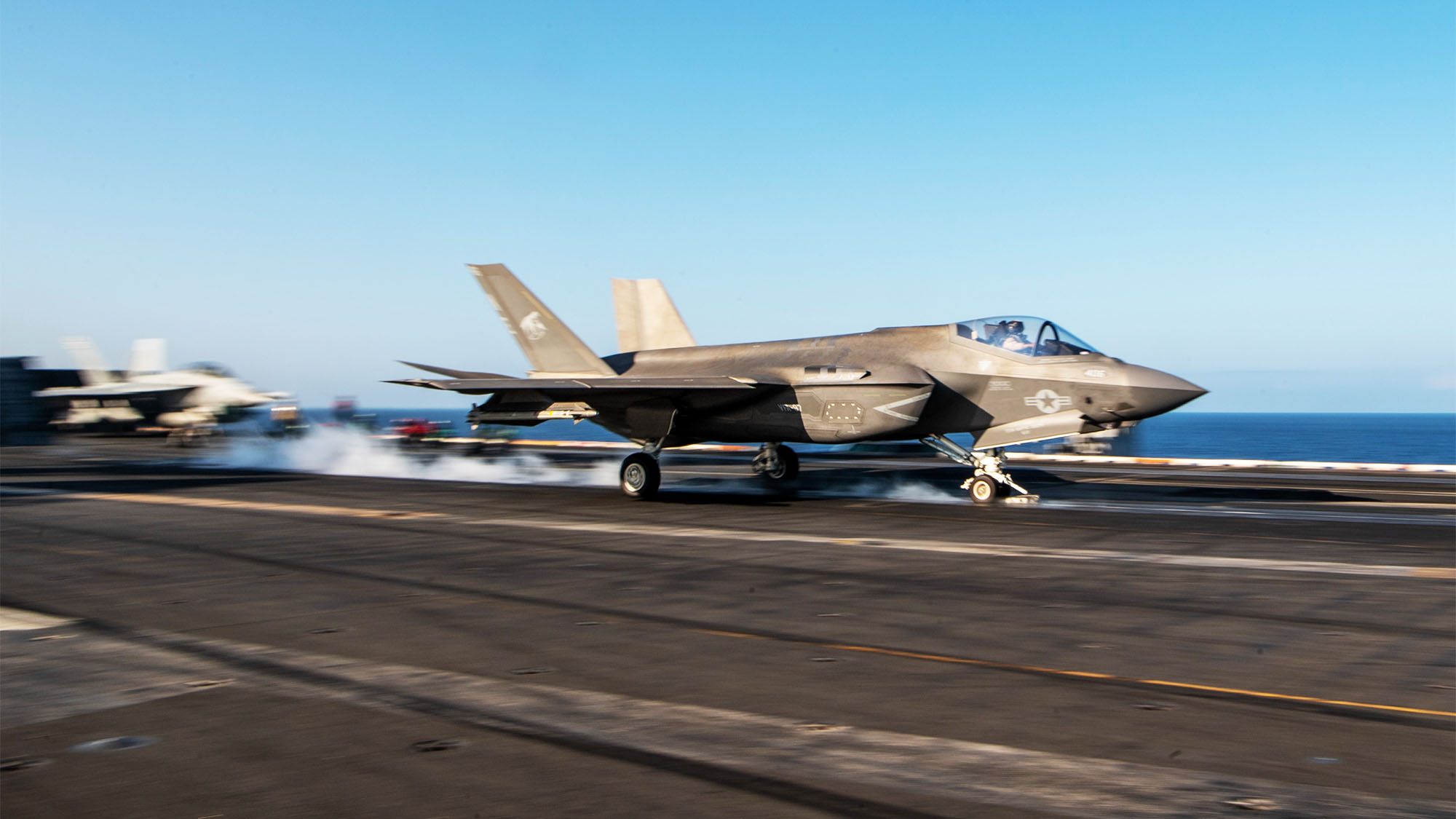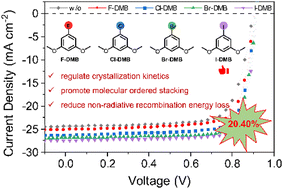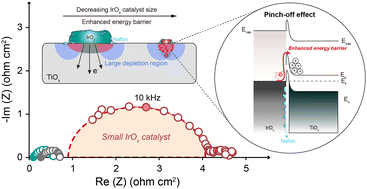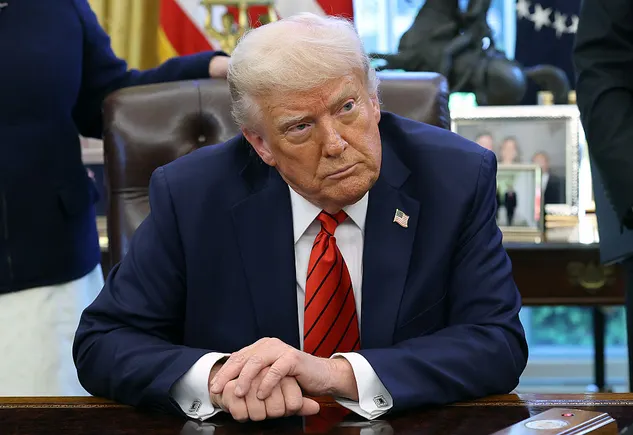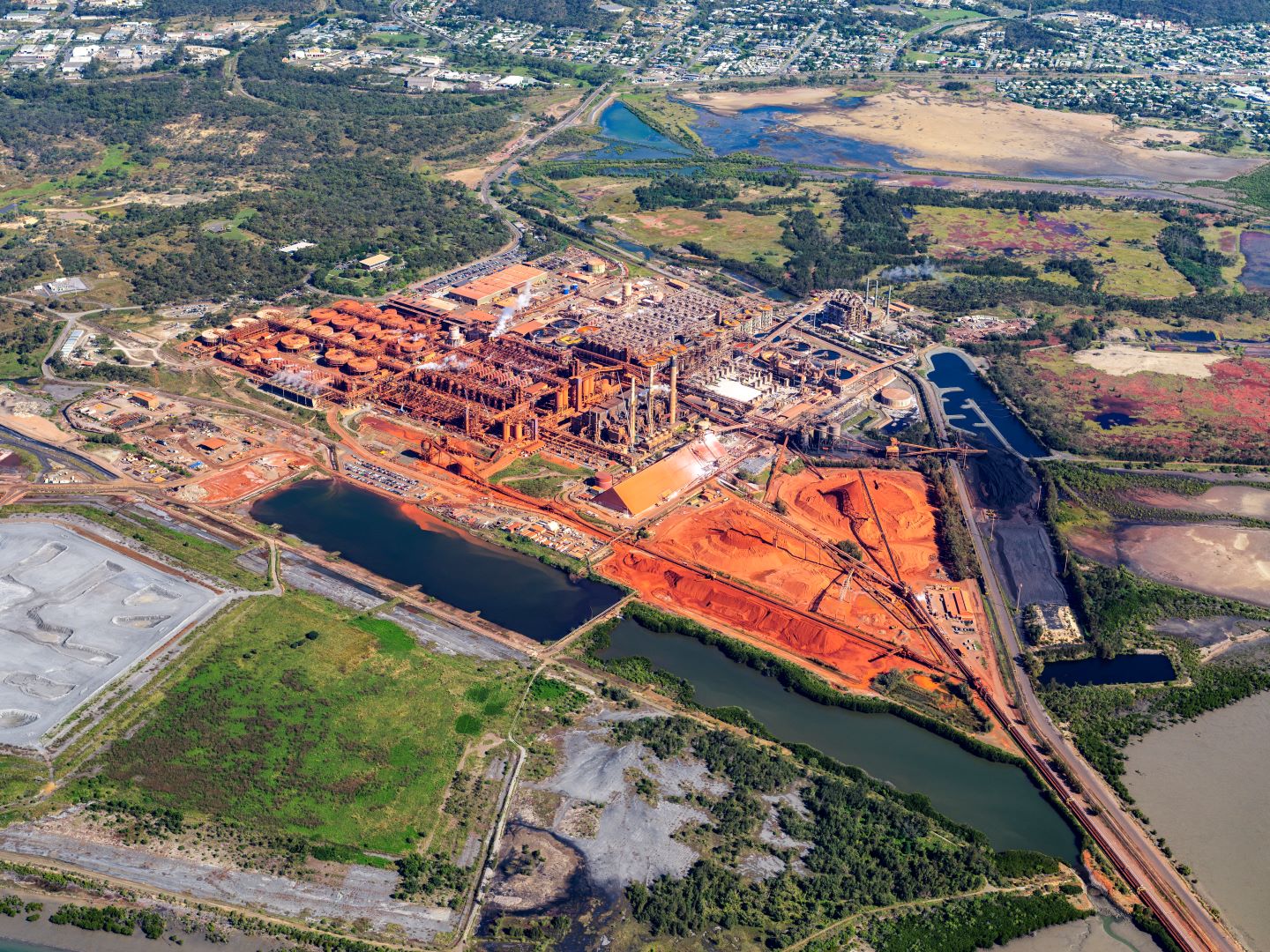Ocean lines welcome tariff pause, but is the supply chain ready?
Container lines welcomed a pause in the tariff war that has crippled trade between the United States and China. The post Ocean lines welcome tariff pause, but is the supply chain ready? appeared first on FreightWaves.

Ocean container lines say they are ready to pivot back to normalized trans-Pacific operations following the 90-day pause in the tariff war between the United States and China.
It’s likely there will be a surge in demand for eastbound vessel capacity on the part of cargo owners, but the outlook is rife with uncertainty.
“We welcome the agreement between the U.S. and China — which sends an important positive signal on the importance and future of global trade,” said a spokesman for German carrier Hapag-Lloyd, in an email to FreightWaves. “We expect bookings from China to the U.S. to increase which should help us to have a good start into the peak season.”
Prior to the pause, the Gemini Cooperation of Hapag-Lloyd (HLAG.DE) and Maersk (MAERSK-B.CO) of Denmark had planned to deploy smaller ships for services from China to the U.S. East and West coasts, but may reverse that if demand is strong.
“We have not blanked any sailings or taken out any services, so we will fully continue our weekly operations from and to China,” the spokesman said.
“The agreement between China and the USA is a step in the right direction,” Maersk said, also in an email. “We hope it can lay the foundation for the parties to also reach a permanent deal that can create the long-term predictability our customers need. Right now, our customers have gotten 90 days of clarity with reduced tariffs, and we are working hard to help them make the best use of this window.
“In response to any demand shock, our new modular network allows us to swap capacity from lower to higher demand services and to optimize for utilization without disrupting reliability.”
In a statement, Port of Los Angeles Executive Director Gene Seroka said, “The 90-day pause and reduction of tariffs between the United States and China is welcome news for consumers, American businesses, workers and the supply chain. Even with this announcement, tariffs remain elevated compared to April 1.
“To avoid further uncertainty and disruption of trade, both sides should work together swiftly toward a long-term agreement. Additionally, it’s important for the United States to work with other nations to reduce existing tariffs.”
But shipping executives cautioned that there are too many unknowns along the supply chain to predict to what degree of normalization business will resume on the trans-Pacific.
“There is the expectation that we will see a turnaround in eastbound trans-Pacific bookings from China — the extent and scope, the intensity of those bookings, no one can be sure of since there are tariffs still in place,” said Mike Jacob, president of the Pacific Merchant Shipping Association, a trade group representing marine terminals and vessel operators. “This is something that results in higher demand and in the short term, also dealing with issues such as vessel space, equipment availability on both sides of the Pacific, repositioning. We really don’t know how limiting those factors are going to be for quite some time.”
How cargo owners respond to the tariff pause, Jacob said, is also an open question.
“Will it be a flood or a measured response? Importers have been frontloading for some time. There may be constraints on the Chinese side we don’t even know about. How long for manufacturing to ramp back up? How many empty containers will be needed? That will all take a while to sort out.”
For vessel operators, those questions are moot if a ship has been moved to another service and is unavailable because it’s sailing, say, around the Cape of Good Hope. In that case, Jacobs said, returning sufficient tonnage to the trans-Pacific could take four to six weeks — half the length of the tariff pause itself.
Jacobs said that what he has heard recently is reserved optimism about what was going to happen with tariffs, particularly with companies that chose to wait it out.
“It was like the pandemic, supply chain resiliency can break down on our end for imports in lots of different ways. Lack of space for warehouses and distribution centers, competition for trucking, places to store product if you’re off season, things like that.”
One certainty, he added, is that, “the environment for container shipping rates is going to be weird for people who were in the middle of contract negotiations.”
Find more articles by Stuart Chirls here.
Related coverage:
Less China means more business for Port of Virginia
Maersk: US-China trade war will swing world container demand
Maersk expects no changes from US port fees
US container imports see one of strongest Aprils ever
The post Ocean lines welcome tariff pause, but is the supply chain ready? appeared first on FreightWaves.






























